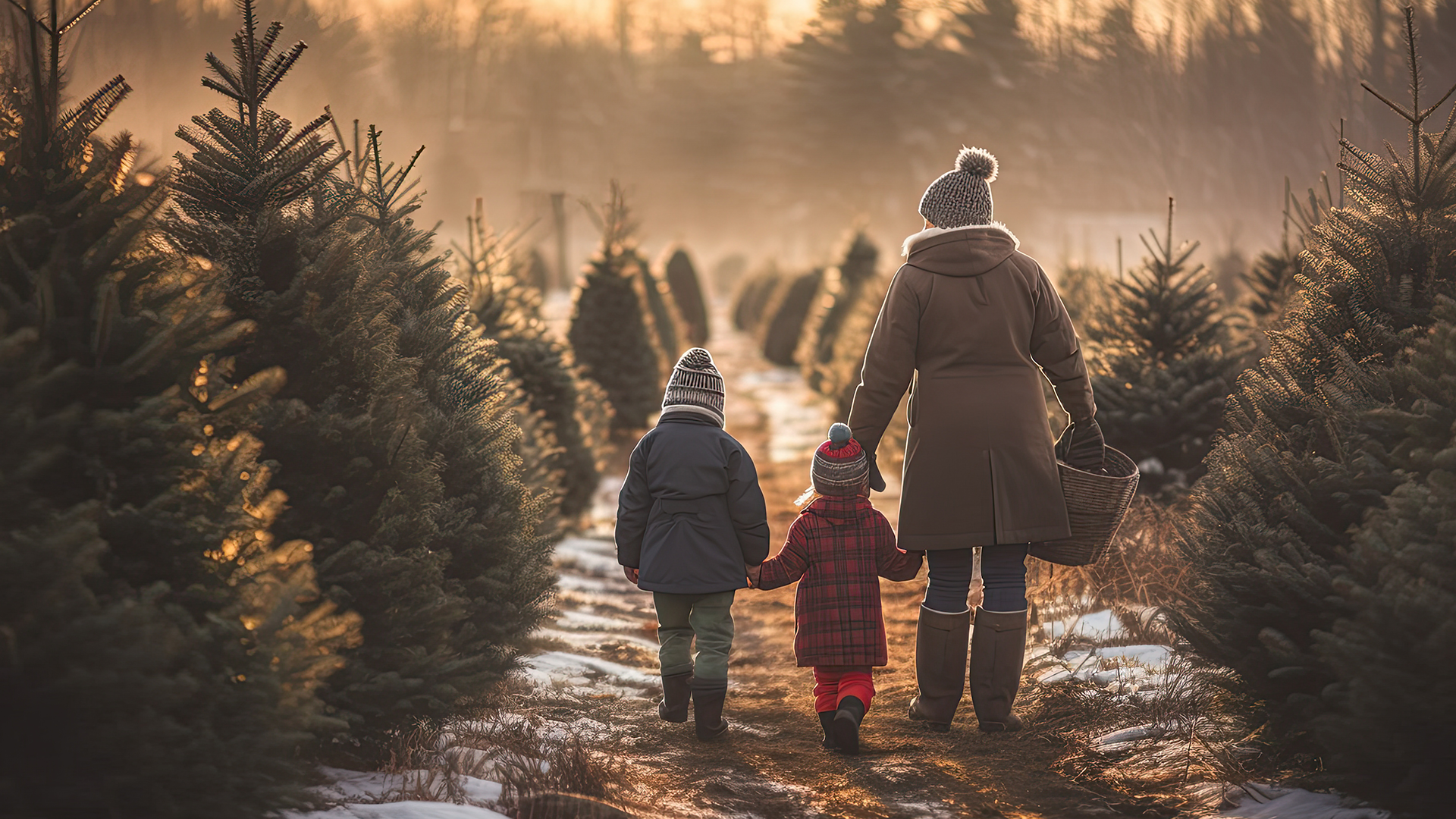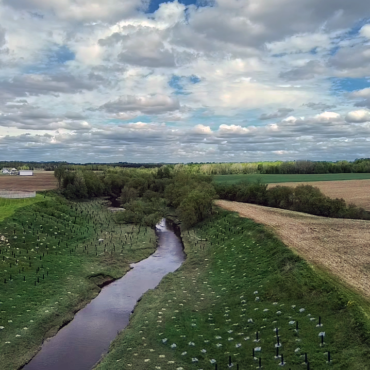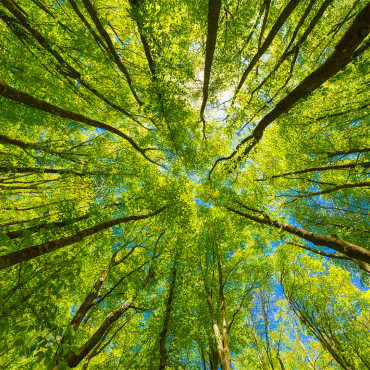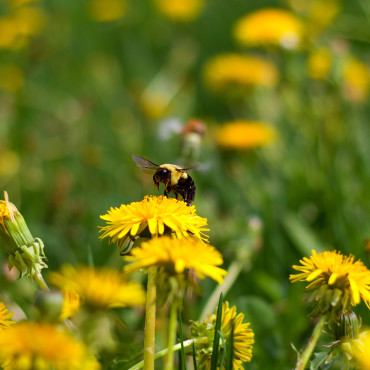Blog & News
Greening

We finally have snow just as the holidays are approaching! Even though it has a religious origin, the fir tree (holiday or Christmas) has become a holiday emblem for celebrating the end of the year. If we’re being honest, it’s a little quirky of an “advanced society” to want a tree in the living room for one month out of the year, but we get it and we’re determined to help you reduce its environmental impact. The big question is: should I be buying a real one or a fake? Are there alternatives? Can they be made at home? How do you dispose of them properly?
We’re going with a tree, but which one?
When it’s time to buy a Christmas tree, we have many options, and we don’t always know which one to choose when it comes to limiting our environmental impact. Which is least harmful between the traditional fir tree and the reusable plastic one? We’re revisiting this subject after a previous article we made (French only) in 2017, and our answer is the same as most environmental questions: it depends.
Firstly, the distance travelled between its conception and your living room, and the type of transport used. The natural tree wins this challenge hands down, since it comes from our regions, while the plastic one has already travelled across the planet.
Then it depends on how you dispose of them once the festivities are over. If the tree ends up in a landfill, it’s best to opt for a plastic model that you can reuse year after year. Incidentally, a life cycle analysis was carried out in 2009 and the conclusion was that it would need to be reused for over 20 years to equate to a natural fir.
Alternatives, anyone?
If you’re ready to rethink your vision of the Christmas tree, then there are several solutions that will save you (without exception) from having to sweep up the needles in your living room every day.
If you’re lucky enough to have an outdoor space, why not plant a tree in the garden?
There’s nothing preventing you from decorating it, and it will look even prettier once dressed in a white coat.
If you’re a bit rebellious, there’s nothing to stop you opting for another species: you’ll be the sole owner of a Christmas maple, a Christmas oak or a Christmas cedar! If your wish is to have an indoor tree all year-round (and even for a decade or more), then there’s always the potted Norfolk Island pine. If possible, try to find one locally, as most of them come from the southern USA.
Did you know that there are several species of tree used to make “Christmas trees”? Balsam and Fraser fir are the main species grown in Quebec and Canada, along with a few non-native varieties. Among the species that can be used as Christmas trees are all conifers, many of which are native species planted by our Tomorrow’s Forest – Green Infrastructure program, which reforests agricultural corridors throughout Quebec. If you know any farmland owners who would like to see a forest planted near their waterways, please feel free to share the project’s page with them.
DIY ideas for your tree
Last but not least, you can make your own object that fulfils all the functions of a classic Christmas tree, as a support for lights and decorations, and as a guide for Mom or Dad on where to put presents. The possibilities are endless. Here is a non-exhaustive list:
– Take a piece of fabric and cut it into an elongated triangle shape. Attach to a wall and decorate.
– If you want the scent as a bonus and you live close to the forest, collect a few conifer branches and arrange them on a wall in the shape of a fir tree. All that’s left is to decorate it! If there are no conifers in your forest, you can also take branches of different sizes and string them together in order of length, with the smallest at the top and the largest at the bottom.
– If you draw, arm yourself with your best brushes/pencils and a large sheet of paper. Make a tree in your image!
– If you’re into DIY, use a saw, a sandblaster and wood scraps. That’s all there is to it!
It’s easy to “make a tree,” it’s fun to do with friends, roommates or family, it’s economical and it’s environmentally friendly! So many good reasons not to buy a new object, whether plastic or natural (I know, a tree is a living being, so why should it be treated like an object?). Come to think of it, our traditions are amazing, and it wouldn’t hurt to talk about them to challenge the status quo.
Conclusion
I hope these few lines have motivated you to rethink your holiday tree, to avoid buying a new one and to reuse it if you already have one. If you still decide to buy a natural tree, don’t forget to dispose of it properly. Cities love them because they are then chipped and used in parks and green spaces as mulch, so keep an eye on your city’s website for details of Christmas tree collection. Here is a chart of the country’s largest cities:

Advisor – Waste Management
Arthur Lamoine
It was upon returning from a university exchange in Chile that Arthur realized our notion of societal development needed to be rethought. Determined to act against climate change, he’d like to contribute to the transformation of our cities and build more resilient and sustainable communities. Passionate about permaculture and homemade food, he spends his free time landscaping his balcony and enjoying the outdoors by cycling. In love with the Quebec winter and a big fan of snow sports, you won't catch him indoors after that first snowfall!
View all posts...Related posts :
Contact us
Earth Day Canada
5818, boulevard Saint-Laurent
Montréal (Québec) H2T 1T3 Canada
Phone : (514) 728-0116
Toll free : 1 800 424-8758
Fax : (514) 303-0248
Email: hello@earthday.ca
2025 © Earth Day Canada. All rights reserved.
Privacy policy · Terms of use · Trademark











